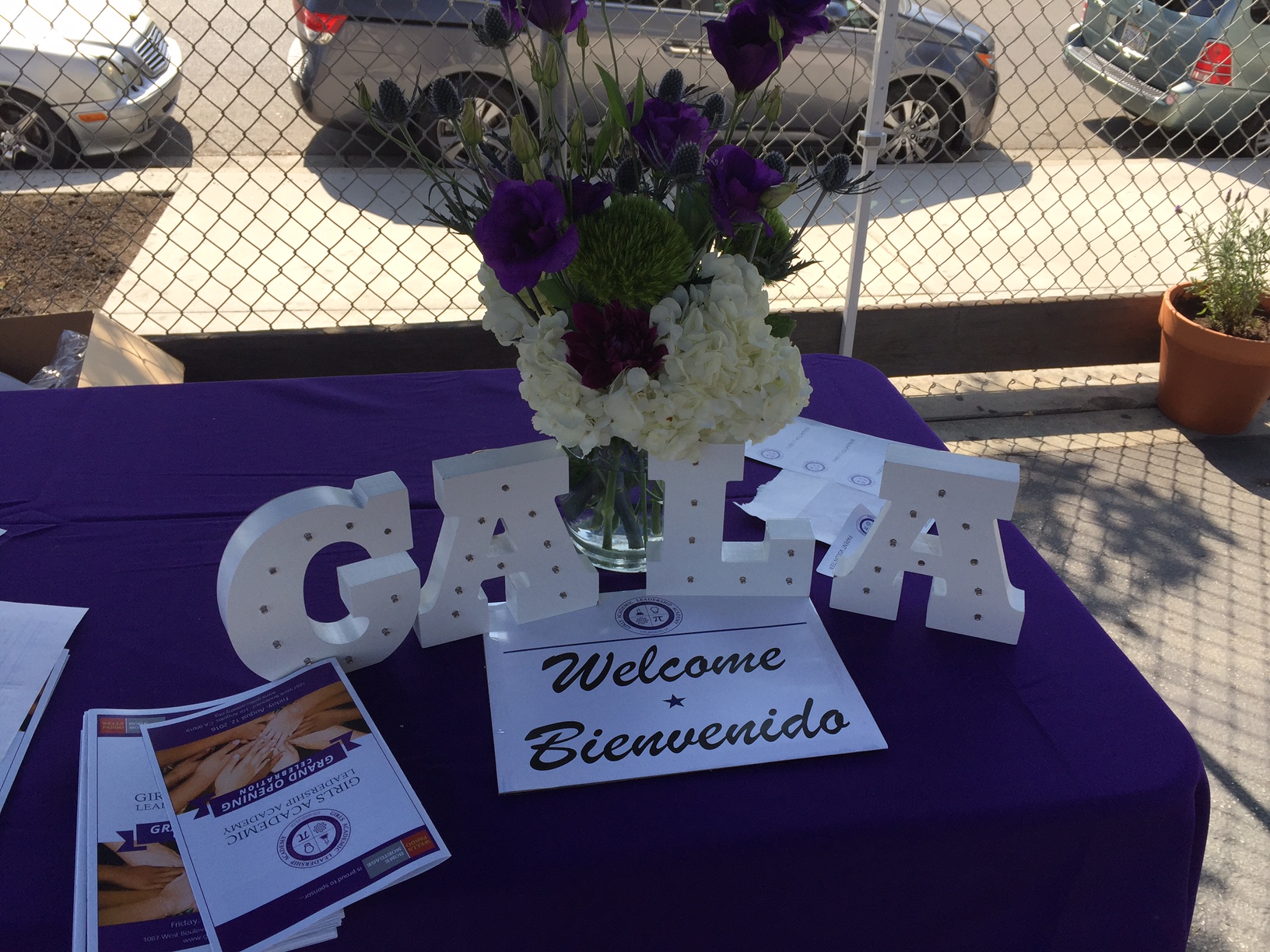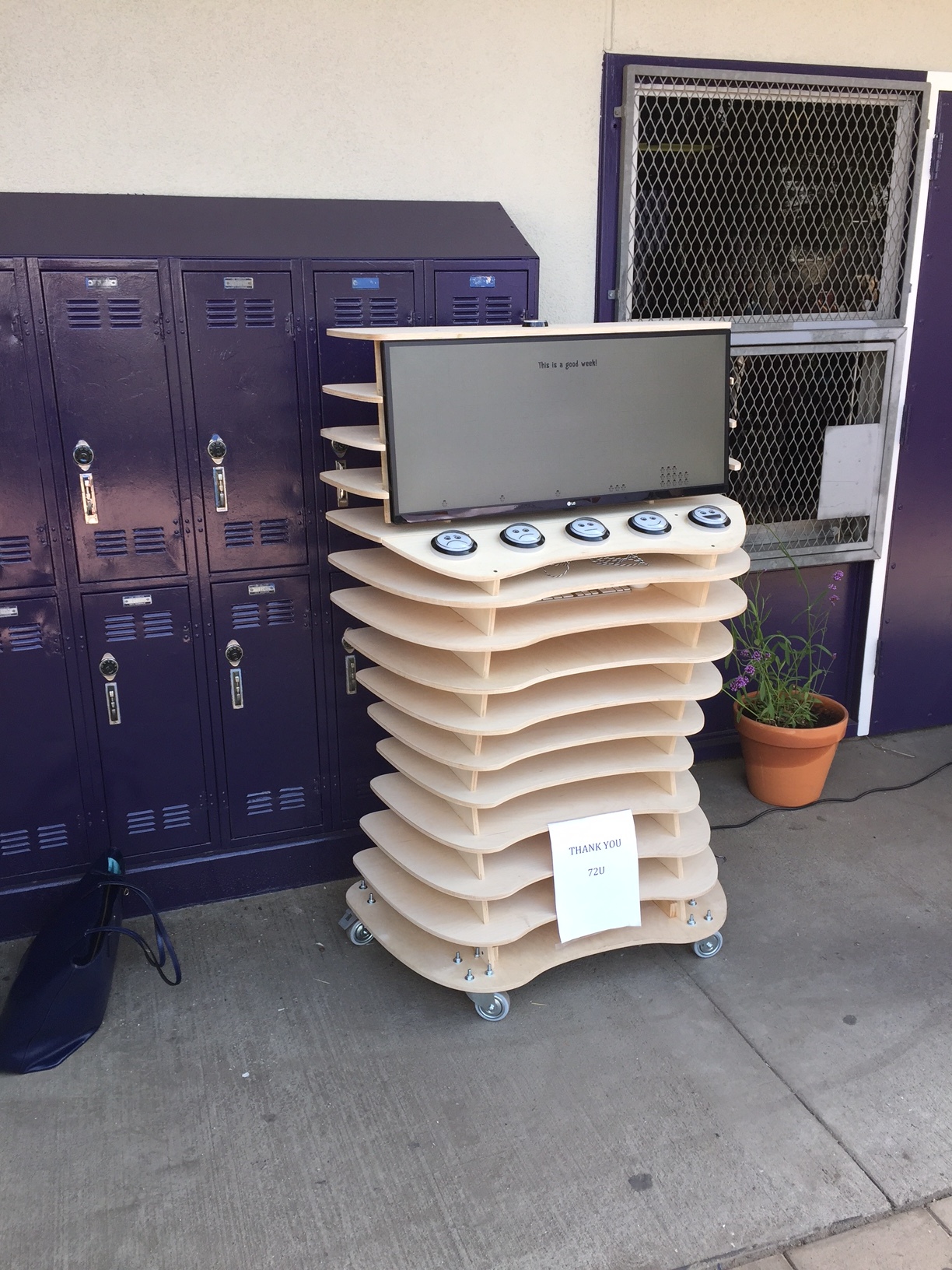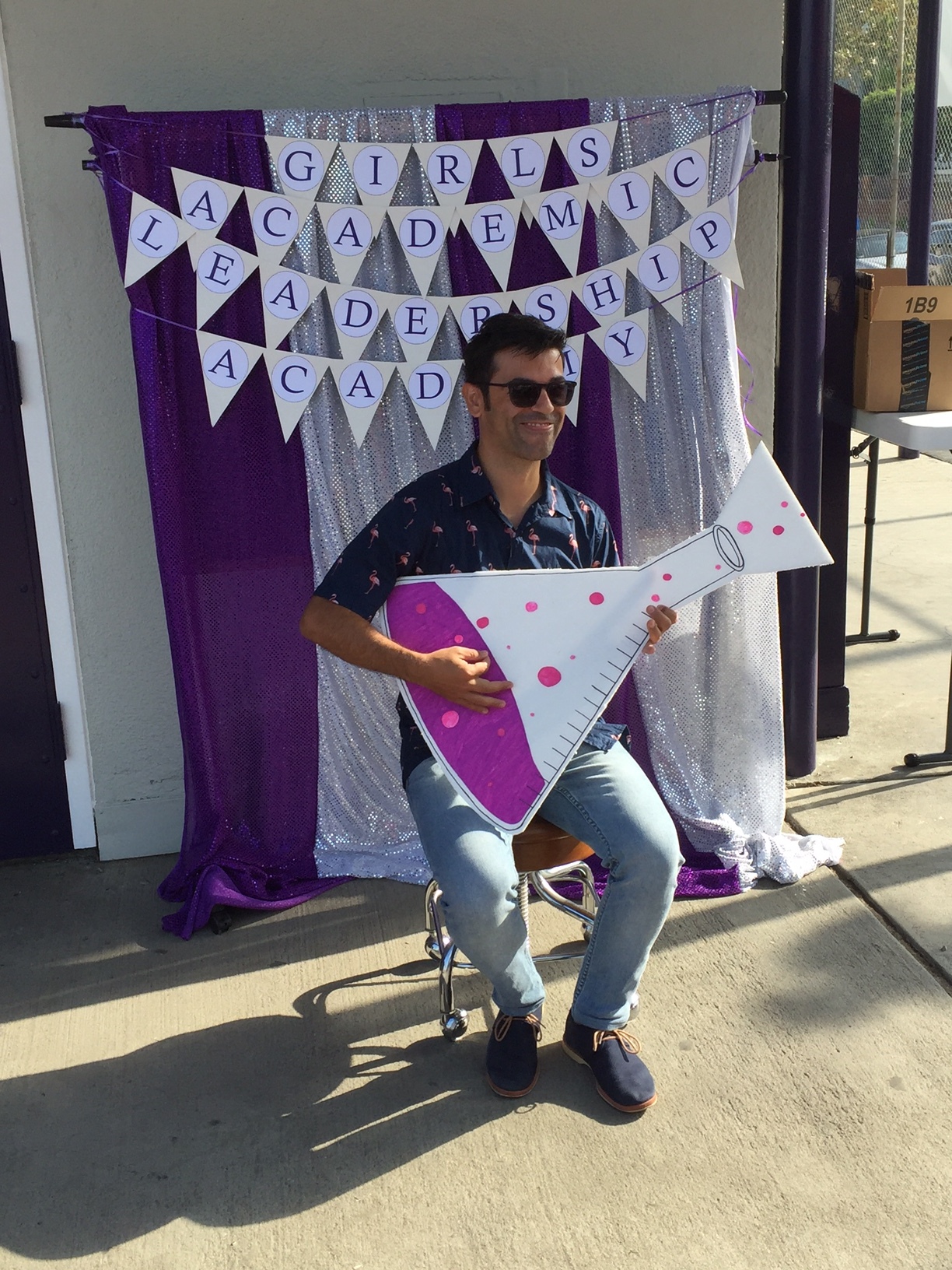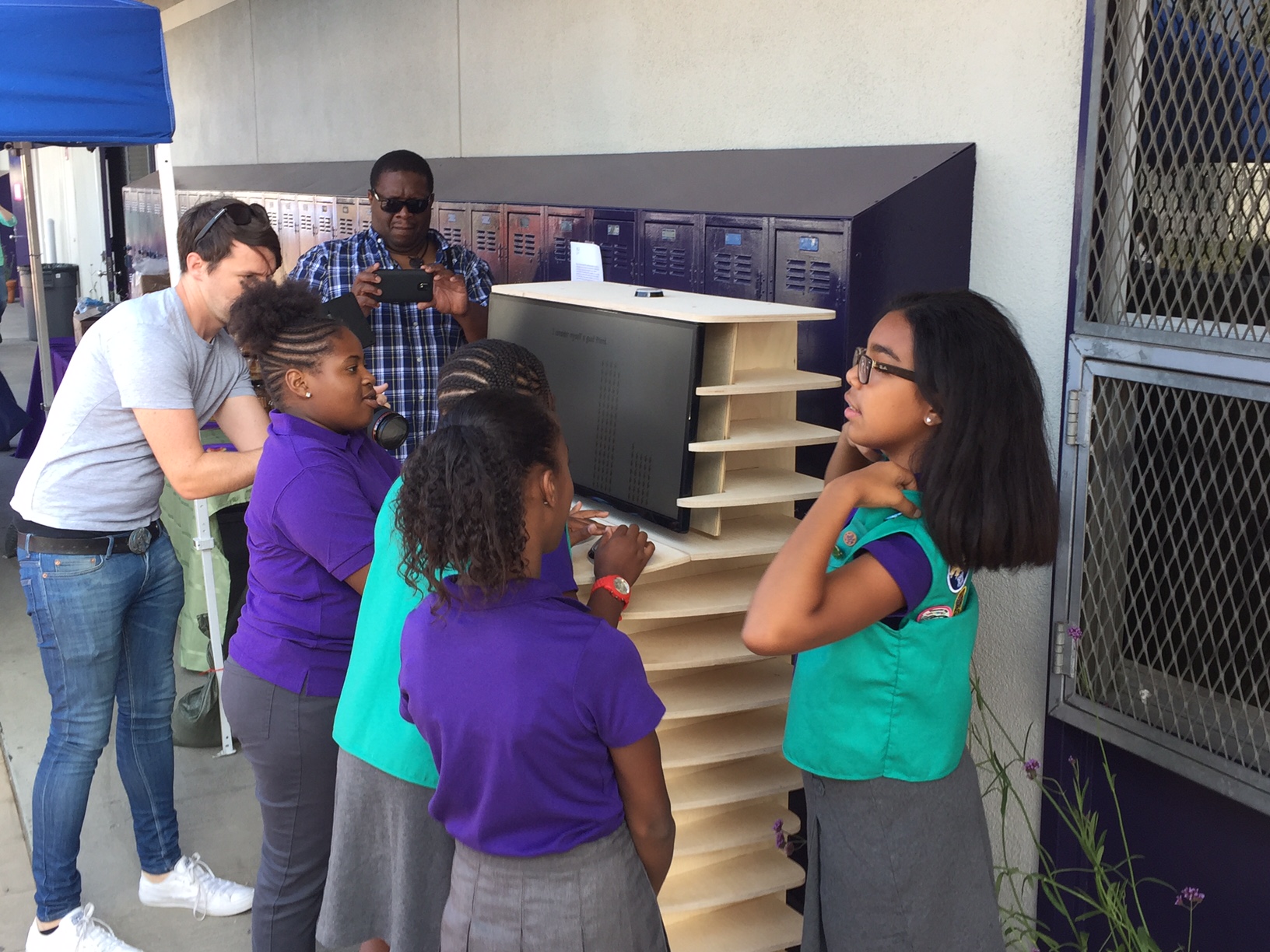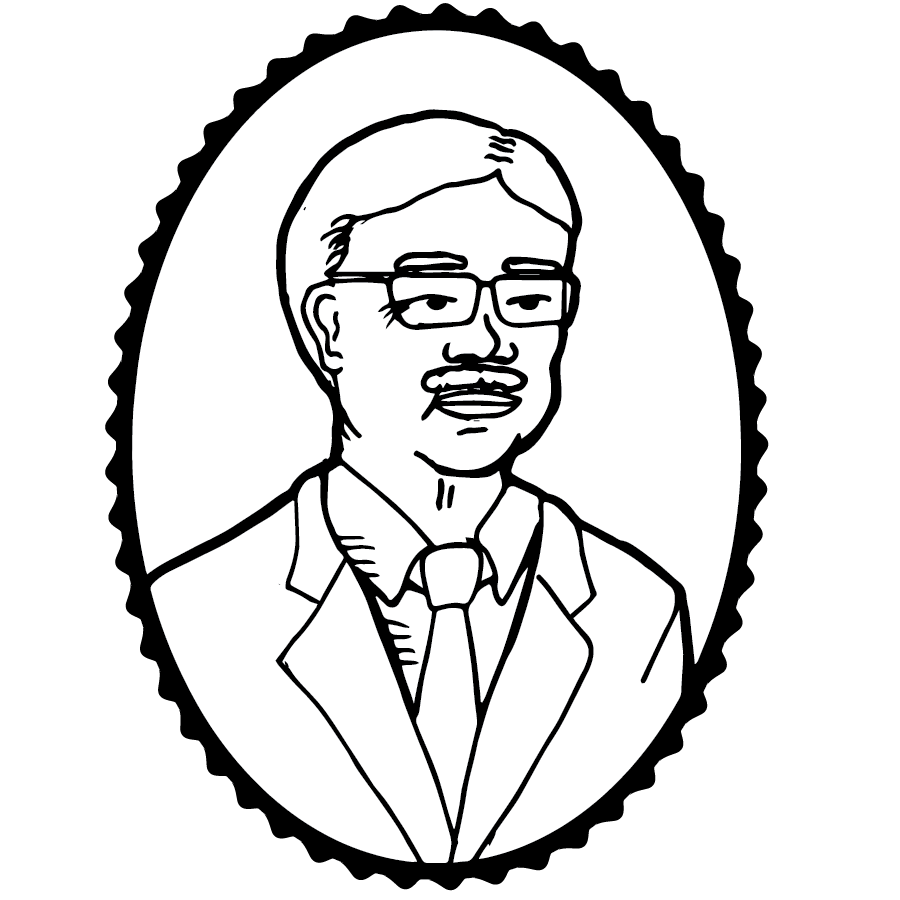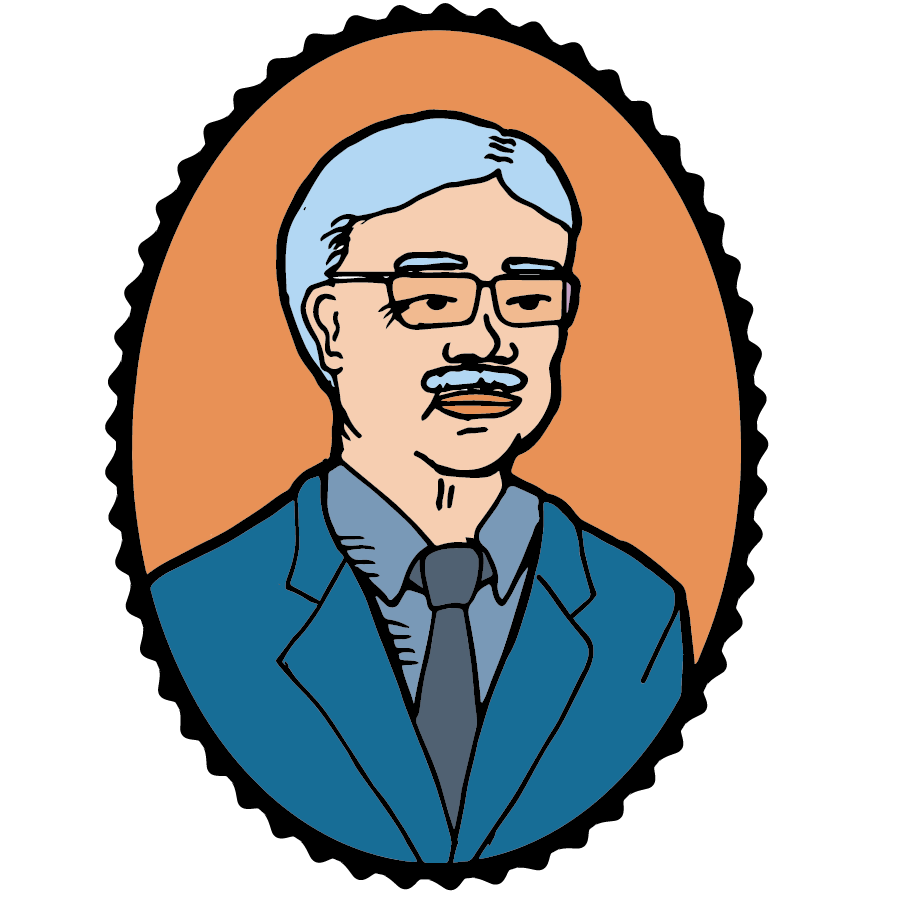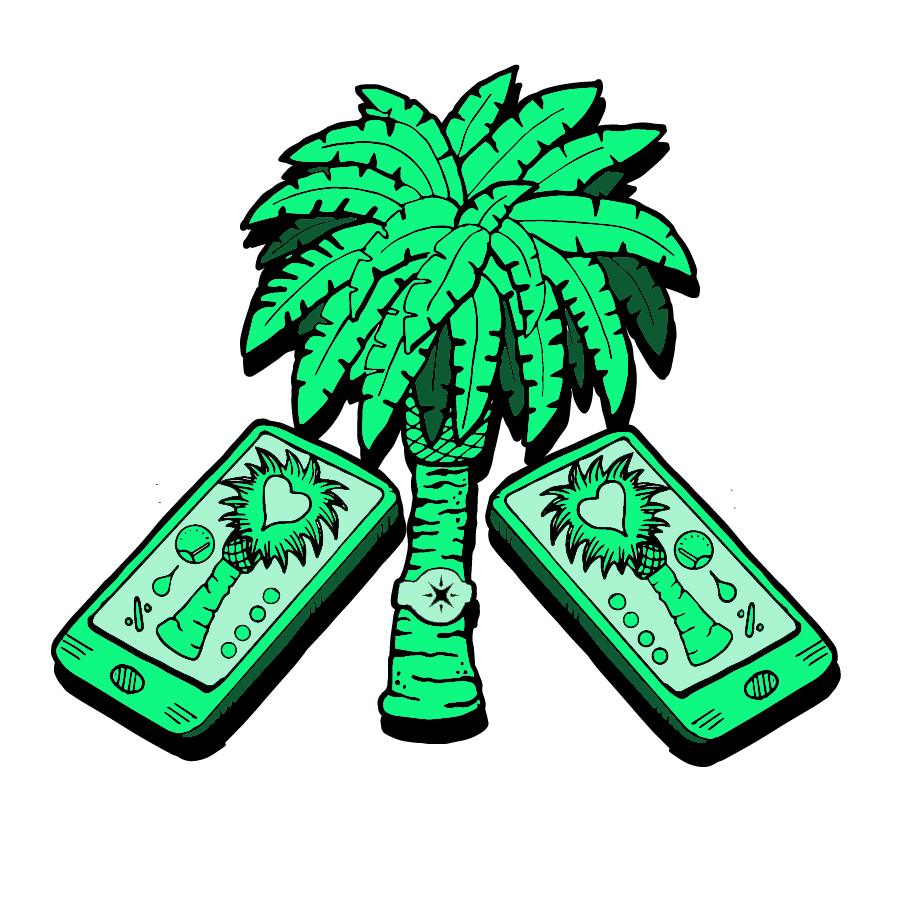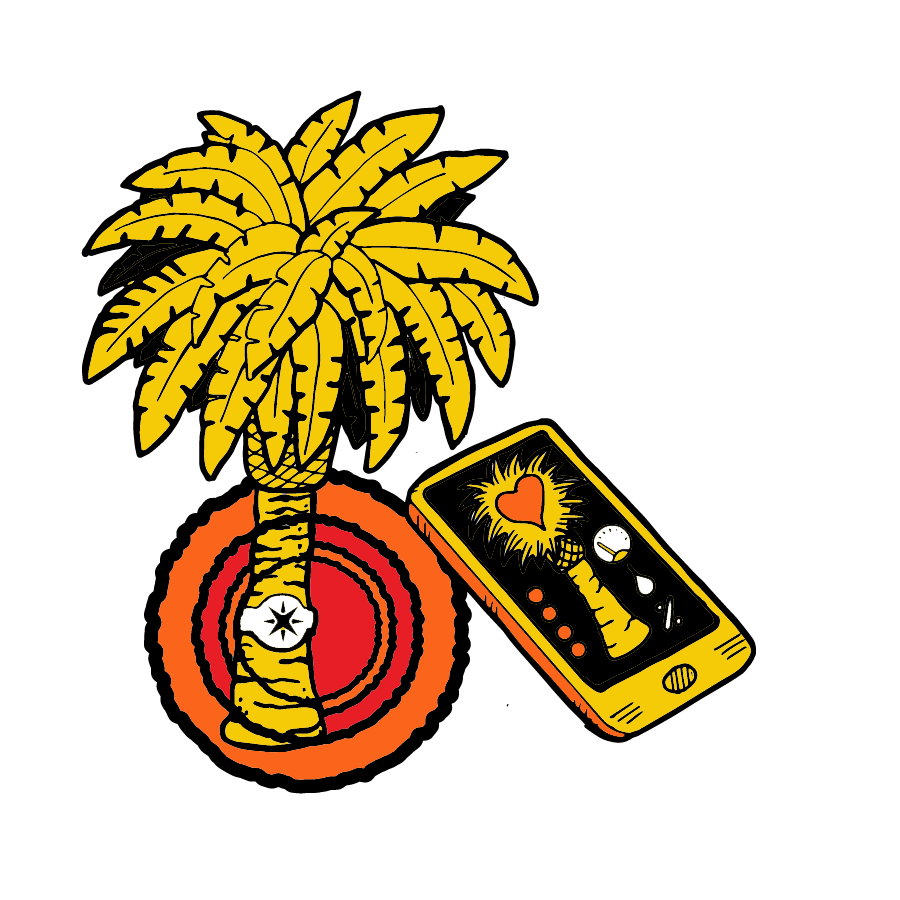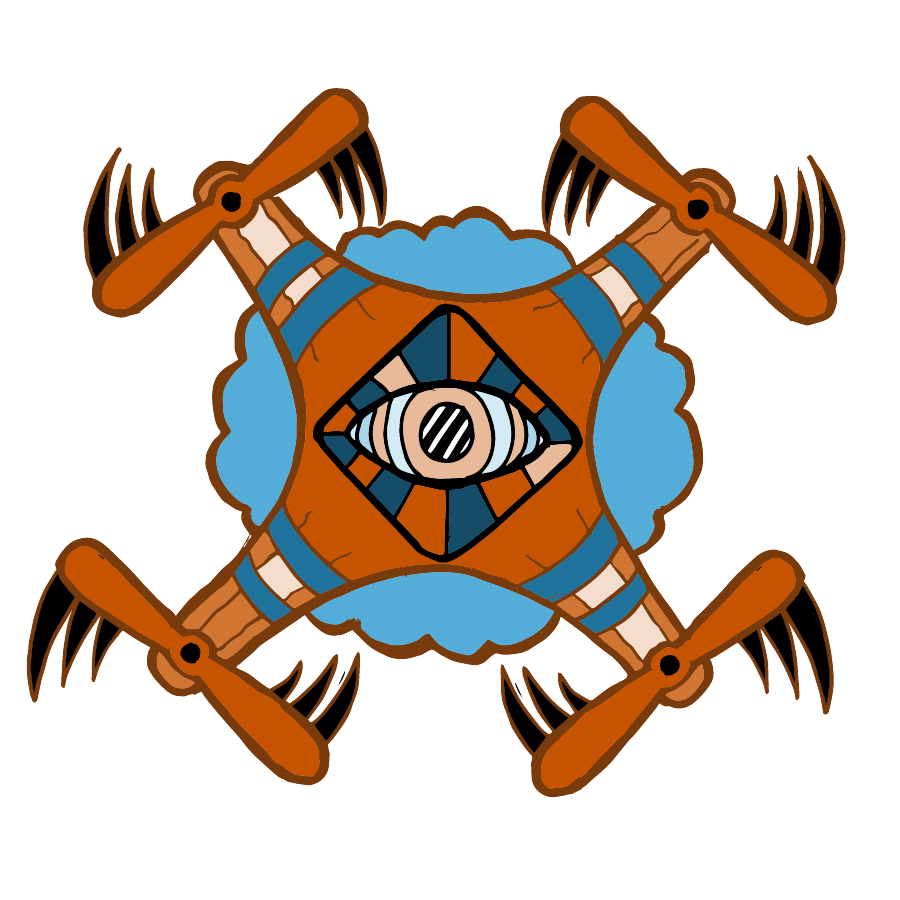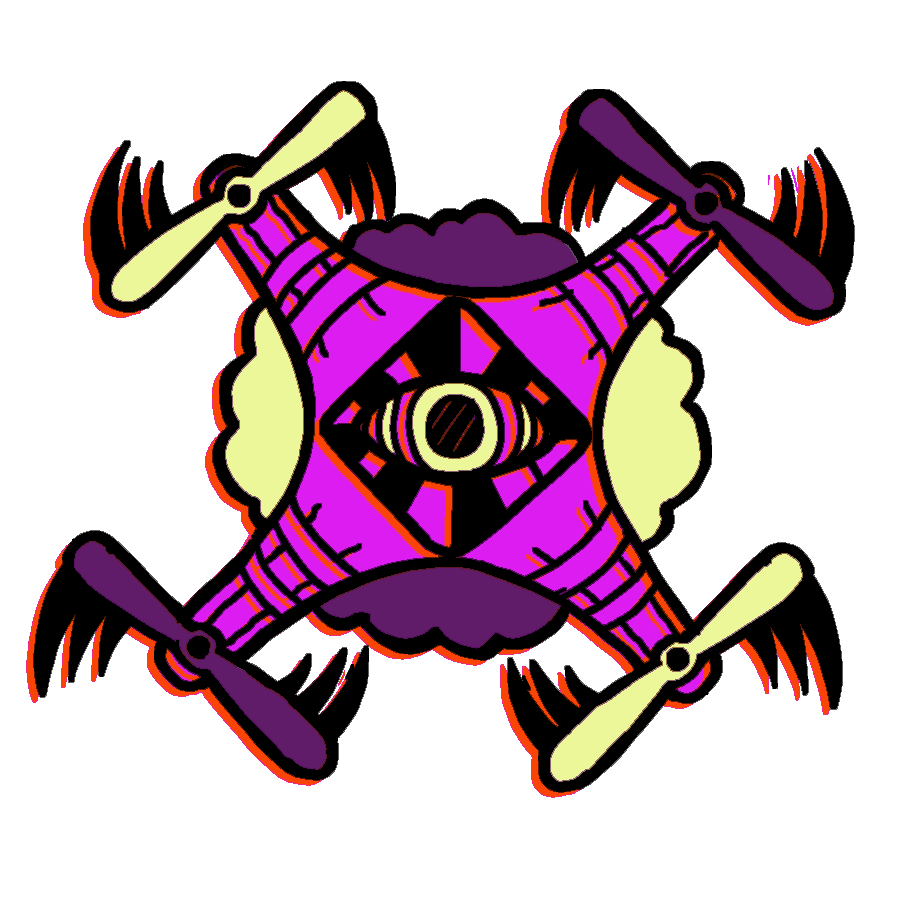Friday August 12th marked the opening of the Girls Academic Leadership Academy in Los Angeles. It was also that day that 72U’s “Vizzy” daily visualization project went live! As expected, no student could vote just once; one set of girls in particular banged away at visualization after visualization. With each question, they were bubbling with opinions. Success!
Now: Can the school get the student body to vote just once per question?
The entire event was full of excitement and family turnout was great. The community put in tremendous work to beautifying the school which provided a lovely educational home for students, faculty and parents. A surprising amount of press crowded in as speeches and performances closed out the event. Hand over heart, we all participated in the pledge of allegiance. I haven’t done that for a REALLY long time. It was pretty powerful. 72U wishes GALA the best of luck toward an amazing first school year! Purple and White 4-ever.
We’re working on making this project open source. Look for more information and a dedicated website soon.
